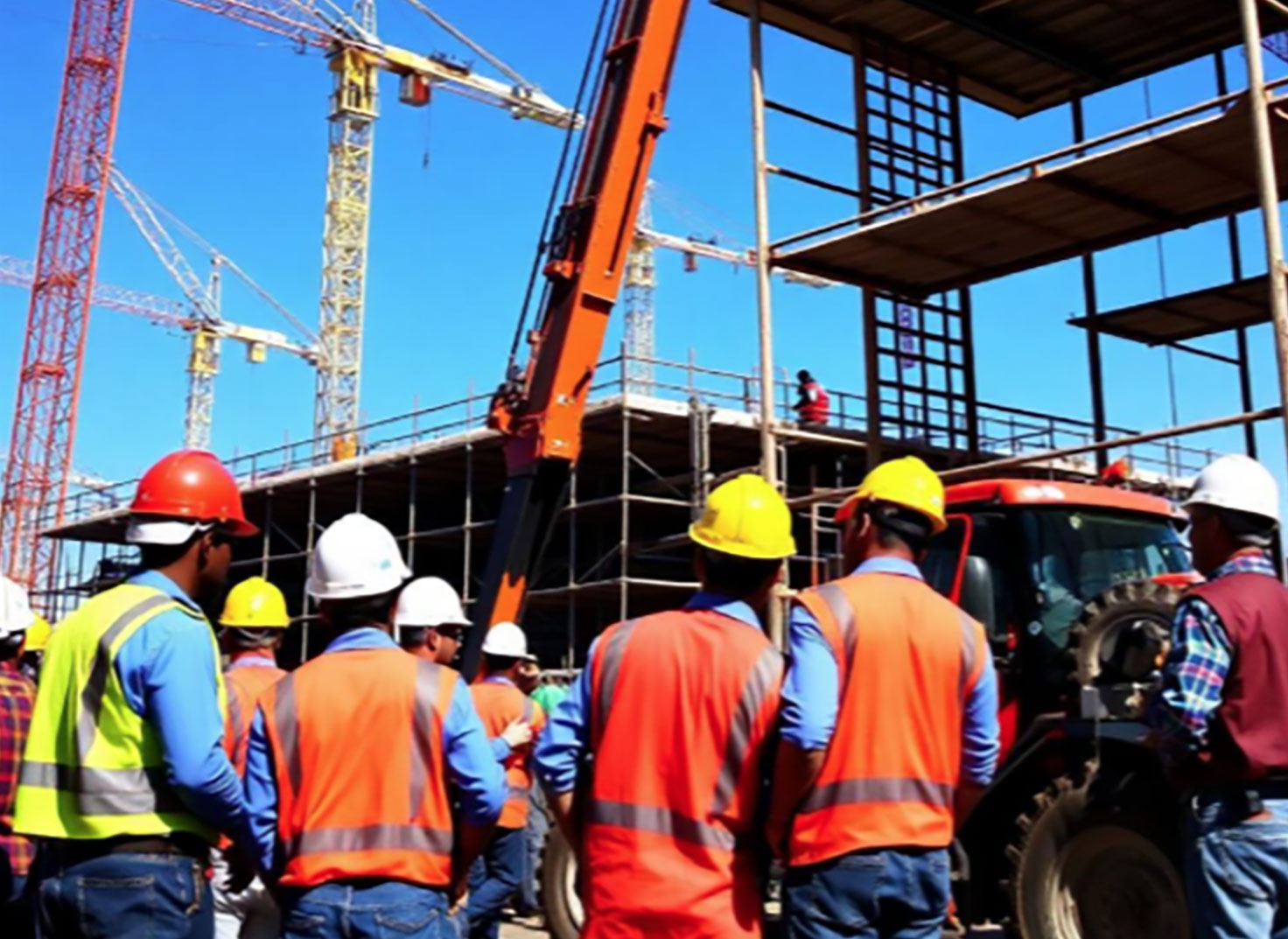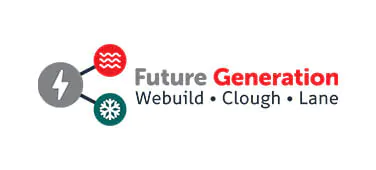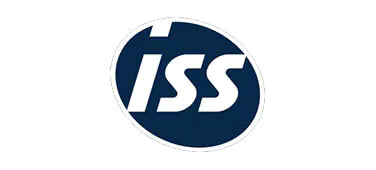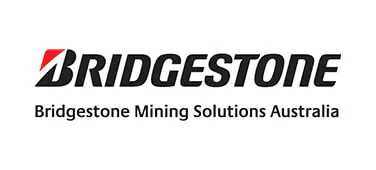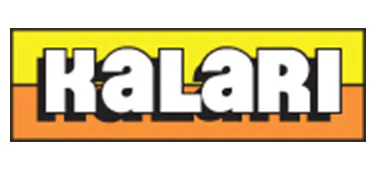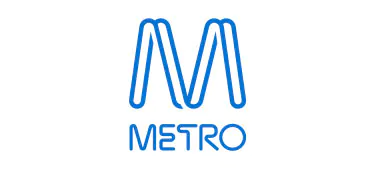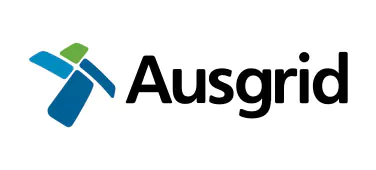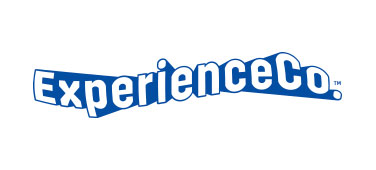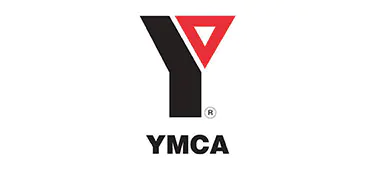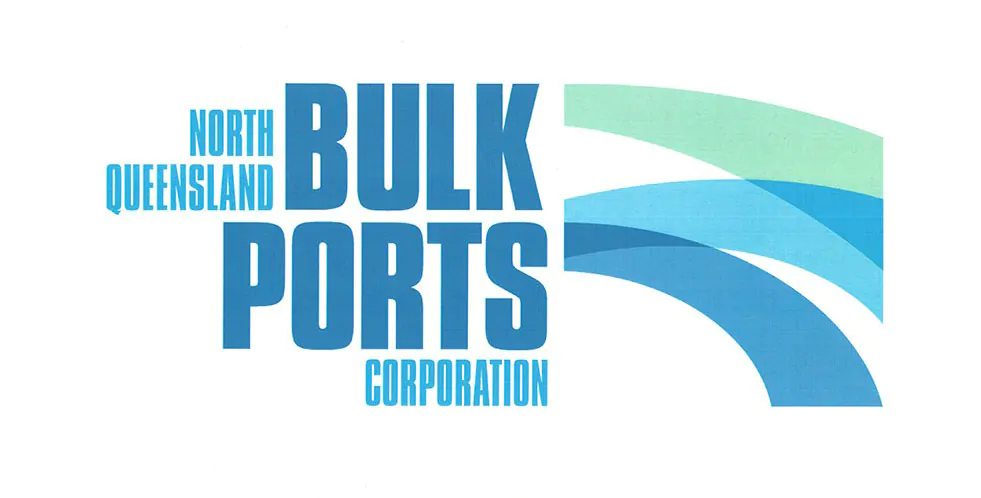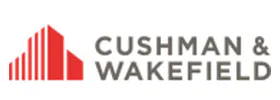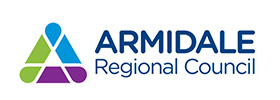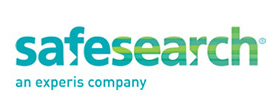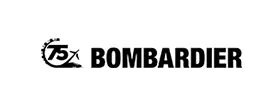Do I need a WHS Management System in Australia?
This is a question that we get asked by a LOT of potential clients who are operating a small or medium sized business in Australia.
Let’s look at a few examples so that you can decide your needs:
Government & Tier One Work
If you are contracting to most tier one companies (the big end of town) and any level of Government you will likely have to complete a Request for Tender or a Request for Quote application. These will normally require you to have a WHS management system (OHSMS in Victoria) in place and this will be included as a mandatory requirement. Often the will require a system that is based on the ISO 45001 framework.
Construction
Any medium-sized company who conducts high-risk work in the construction industry will be required to provide a Site Safety Management Plan that provides evidence of how the work onsite will be done safely and in accordance with the regulations. Also, the safety regulators (e.g. SafeWork NSW, WorkSafe Victoria) will expect your Plan to be customised for the specific site – generic versions which are reprinted for each job are a red flag to the inspectors and you will be issued with a Provisional Improvement Notice (or worse). Site specific SWMS for high-risk work are required by law.
Smaller-sized contractors such as the finishing trades like tilers, painters etc. may be able to get away with a set of Risk Assessments or Safe Operating Procedures and then work under the Principal Contractor’s Site Safety Management Plan if they read the SSMP and sign off to say they have understood and will comply with the requirements. However, this is left to the discretion of the PC and often an enthusiastic site safety officer will insist that the contractor provides a basic safety management plan.
Manufacturing
As most manufacturing companies use complex and hazardous machinery, have mobile plant whizzing around, handle hazardous chemicals and require their workers to have skills which are unique to the industry, the organisation will be expected to have a WHS Management System in place and implemented.
Mining Contractors
While the major players will already have a WHS Management System in place, the smaller contractors are often surprised to learn that they will be required to have at least a basic plan or system in place that demonstrates how the contractor will manage the risks associated with the work that they do. Sometimes they will be able to get away with a risk assessment of their main tasks and then ‘piggyback’ onto the main contractor’s WHS Management Plan.
Typical Inclusions in a WHS Management System
Most systems have a similar framework which will include the elements that are shown below. However, the important thing to remember is that the risks associated with the specific work that is done must be considered. A generic ‘off-the-shelf’ system will not be able to provide the degree of rigour that is expected by the safety regulator.
Here are the common elements of a system:
- WHS Policy
- WHS roles and responsibilities
- Emergency planning and response
- Incident reporting and investigation
- Risk Management – including the specific SOPs/SWMS for the high-risk tasks
- Consultation on WHS matters
- Training and verification of competency
- Inspections and audits
- Provision of First Aid
- Hazardous chemical handling and storage
- Electrical safety
- Asbestos & Respirable Crystalline Silica
- Worker health
The Benefits of a WHS Management System
There are several benefits from developing a customised WHS Management System for your business. These include:
Demonstrating Due Diligence – If you have made the effort to develop a WHSMS that is customised to your business and you genuinely implement its requirements you have gone a long way in demonstrating Due Diligence to the management of safety. This is a key requirement of the WHS Act and is a focal point for safety regulators.
Reducing the level of risk – There is no doubt that implementing the requirements of the WHSMS will reduce the level of risk and there will be less safety incidents.
Improved Culture – Workers will always appreciate the efforts of an employer to look after their staff. This includes efforts to make the workplace safer. You will likely have less staff turnover and improved morale.
Improved Efficiency – The research data in this regard is quite consistent. For every dollar spent on safety the return on the investment is five dollars! It is mighty hard to get a better return than that. A better organised business that has less accidents must be more profitable.
Key Take Aways
Although not every business technically requires a WHS Management System, many businesses will be required by their customers to have one in place.
To be acceptable to safety regulators, the WHS management system must be tailored to the business.
The benefits of having a customised WHS management system far outweigh its costs.
Need further help?
Many firms don’t have the knowledge and resources to develop a customised WHS management system. However, a specialist WHS consulting firm can take the pain out of the process, visit your business and develop a practical, fit-for-purpose system.
For help – contact us today at enquiries@bwcsafety.com.au
Make an Enquiry
Ensure your organisation isn’t making critical WHS mistakes by getting expert advice before it’s too late.
